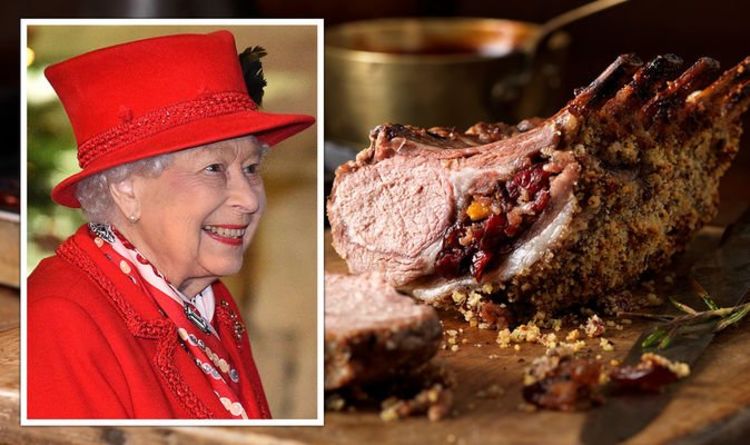Queen’s chef shares spring lamb recipes – how to a cook succulent joint

Spring lamb is typically easy to cook but due to the natural rosy colour of the meat, many may think it is undercooked. With the meat being its tastiest now, a chef has shared how to cook the perfect joint – and he’s cooked for the Queen.
Spring lamb is a staple for many Britons as it can be used to make many main meals.
From roast dinners to lamb curry, lamb is a great option when making a hearty meal.
Expert Jeff Baker, Executive Development Chef at Farmison & Co, has shared top tips on how to know when your lamb is cooked.
The chef, who has cooked for the Queen, explained: “Spring lamb is one of the great British treats that comes around each year and is well celebrated at Easter.”
READ MORE: James Martin shares easy Welsh rarebit recipe for the Easter weekend
“Add a squeeze of lemon and some simple new season asparagus.
“For the larger cuts, such as the shoulder and leg joints, I love to rub these in North African spices such as Ras al Hanout, garlic and olive oil, and then slow roast for four to five hours until meltingly tender.
“Serve this alongside with minted couscous salad and a dollop of Harissa for heat.”
The chef also shared how cheaper cuts of lamb are great to make burgers and meatballs.
He added: “Just remember not to overwork the flavours you’re using as the spring lamb meat is more delicate than later in the year and can easily be overshadowed by bold condiments.”
How can you tell if your lamb is cooked?
Jeff explained three different ways of testing whether it is cooked or not.
He said: “The best way is to press the thickest part of the joint with your index finger, if the joint is soft to touch it will be rare, the more firm to the touch the more well done the joint will be cooked.”
You could also test it out with a thermometer.
The expert went on: “Ensure your thermometer is sterilised before probing, simply dip the needle into boiling water for five seconds before and after immersing in the joint.
“Pierce the needle into the centre of the joint and hold for a few seconds, the temperature should read a minimum of 50°C before removing it from the oven.”
Lastly, you can test the meat using tongs by gently prodding the roast.
The Queen’s chef said: “Gently prod the roast – rare is very soft, medium rare is soft, medium is springy but soft, medium well is firm and well done is very firm.”





